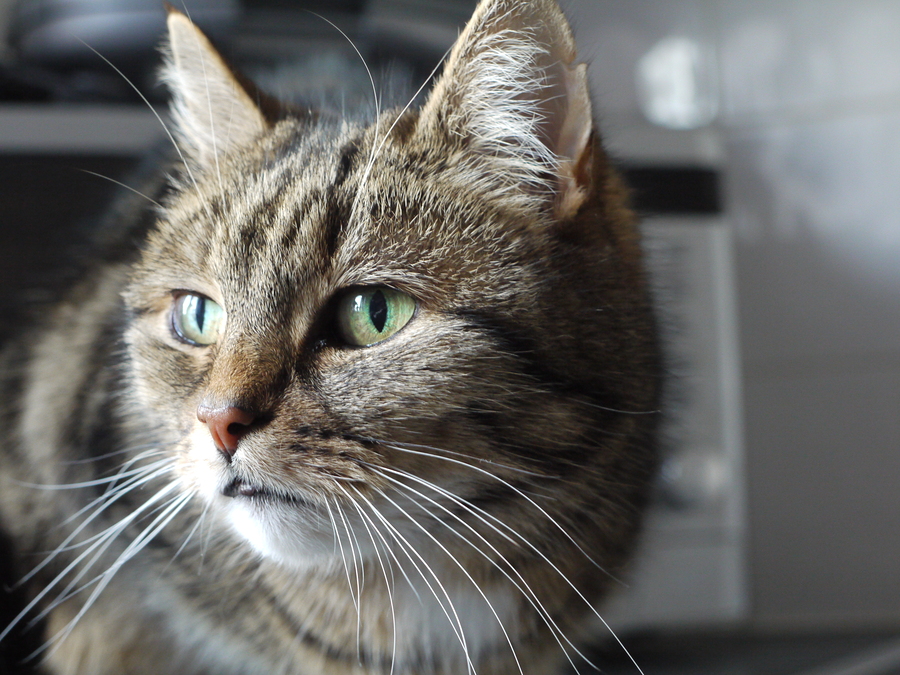A commercial airing for a brand of cat litter shows a woman walking into her house and making a great “stank” face. Perhaps a bit exaggerated, but who among us hasn’t entered a room and sniffed suspiciously?
According to Cécile Pétel, writing in “Something in the air: why cat pee stinks and how to control litter odor,” the culprit in generating litter box odor is the bacterial composition of urea, which manifests itself in ammonia; that’s what you smell. The amount of urea is especially high in cat urine, and highest in intact male cats. Yep, that’s why people are quick to get their boys fixed.
Another component is felinine, described by Pétel as the “catty” odor that occurs when felinine degrades into sulfur compounds. Pyruvic acid is also generated by felinine and it has a sour odor, while a small amount of ammonia in felinine contributes to a fishy odor.
Part two – Number 2 – can be equally complicated. Reams of research have been devoted to problems associated with cat poop: the quantity, quality, and yes, odor. Healthy stool should be sausage-shaped, either smooth or with cracks. There may be some odor momentarily, but it should not be a major gag-fest.
Culprits for malodorous cat feces include irritable bowel syndrome, parasitic infections such as giardia, and bacterial infections caused by E.coli or Salmonella. Voluminous poop is a sign that your cat is not absorbing nutrients. It’s important to get to the … err … bottom of the problem rather than relying on heavily scented litters and other cover-ups. Your vet can examine a fecal sample and recommend medication to facilitate recovery.
Diet is also critical. Numerous specialty foods have been formulated to help soothe irritated GI tracts. It can be a trial-and-error process. Remember that cats are carnivores; grains, carbohydrates, or overly processed ingredients may contribute to a less-than-desirable output.
If humans find these odors offensive, think of how a cat, with her sensitive olfactory cells, feels stepping into a dirty litter box, especially one that has been used by other cats, no matter how familiar they are.
How to control the odor?
The first thing to know is that litter boxes and the stuff that goes in them are manufactured and marketed to humans. Covered or non-covered? Automated? Scented or non-scented litter? Clay, wood, corn, wheat, newspaper, crystals? They’re all designed to make that all-important place to potty as innocuous as possible.
But there is a science behind the formulation of cat litter.
According to Pétel, manufacturers can use blockers and antimicrobials to prevent the degradation of urease, thus avoiding formation of smelly ammonia. They also add specific molecules and compounds that react with the stinky stuff to eliminate them before they reach your nose. And finally, there are ingredients that mask and block the odors by reducing the perception of bad odors and creating a more pleasant fragrance.
But the final choice is up to the cat. All the science in the world is useless if the cat turns up his nose at the box and its contents.
And don’t forget basic litter box maintenance. A high-tech box and designer litter are moot points if the box is not scooped and cleaned regularly. The rule of thumb for determining the number of litter boxes is one for each cat, plus one. It cannot be said enough that they must be scooped at least once a day. That is your best tool for fighting litter box odor.
This article was reviewed/edited by board-certified veterinary behaviorist Dr. Kenneth Martin and/or veterinary technician specialist in behavior Debbie Martin, LVT.








